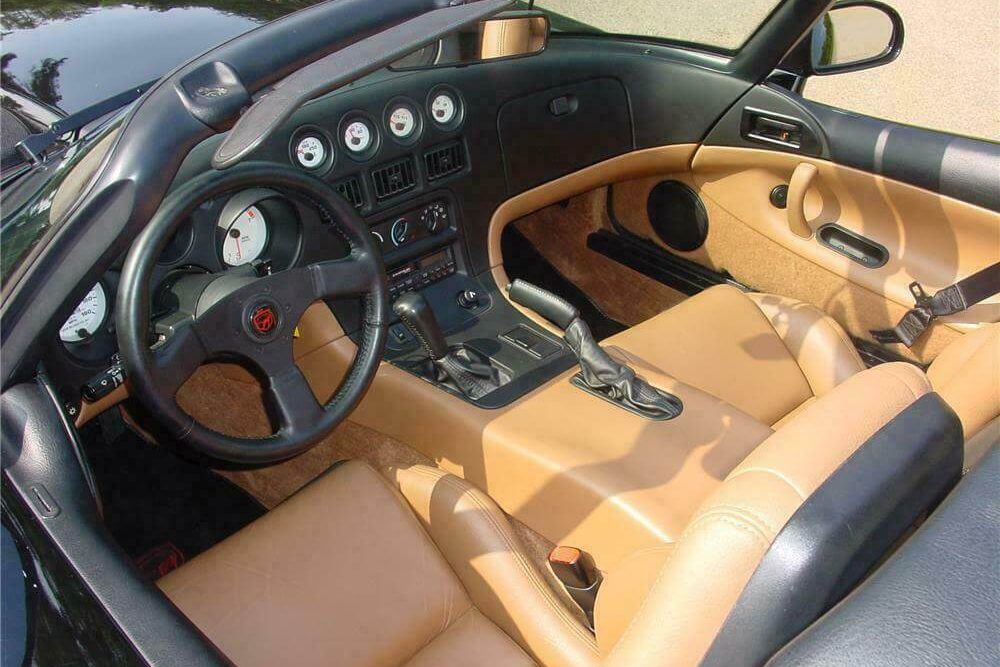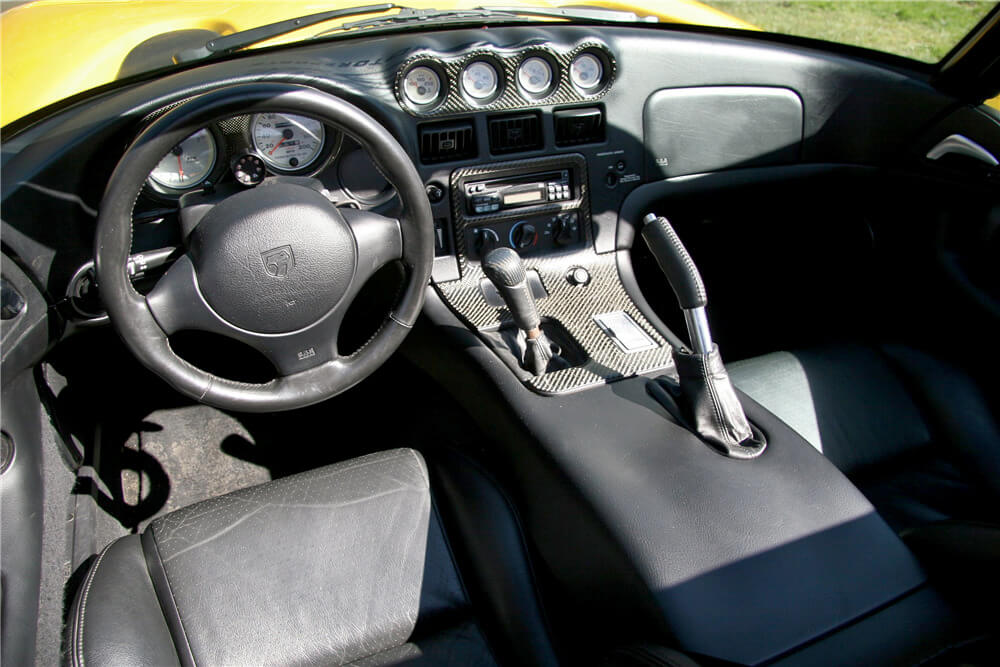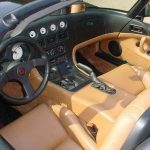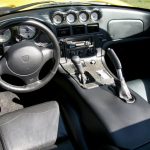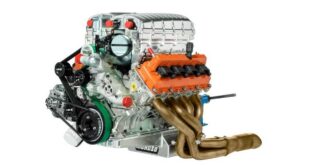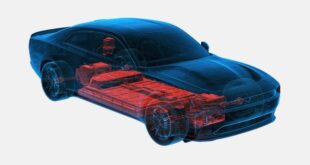When talking about American supercars, the discussion usually steers towards the Chevrolet’s Corvette or Ford’s sublime GT quite quickly. However, in most cases, we tend to forget one of the most exciting two-seaters ever to come from the USA—the eponymous Dodge Viper RT/10.
Even today, 30 years after the original Viper release, this insane sports car still captivates the public’s imagination with its crazy styling, spectacular engine, brutal performance, and over-the-top, almost dangerous allure with really sketchy handling. Yes, the Viper RT/10 is all of that and even more, and that is precisely why it is so great.
This is its story.
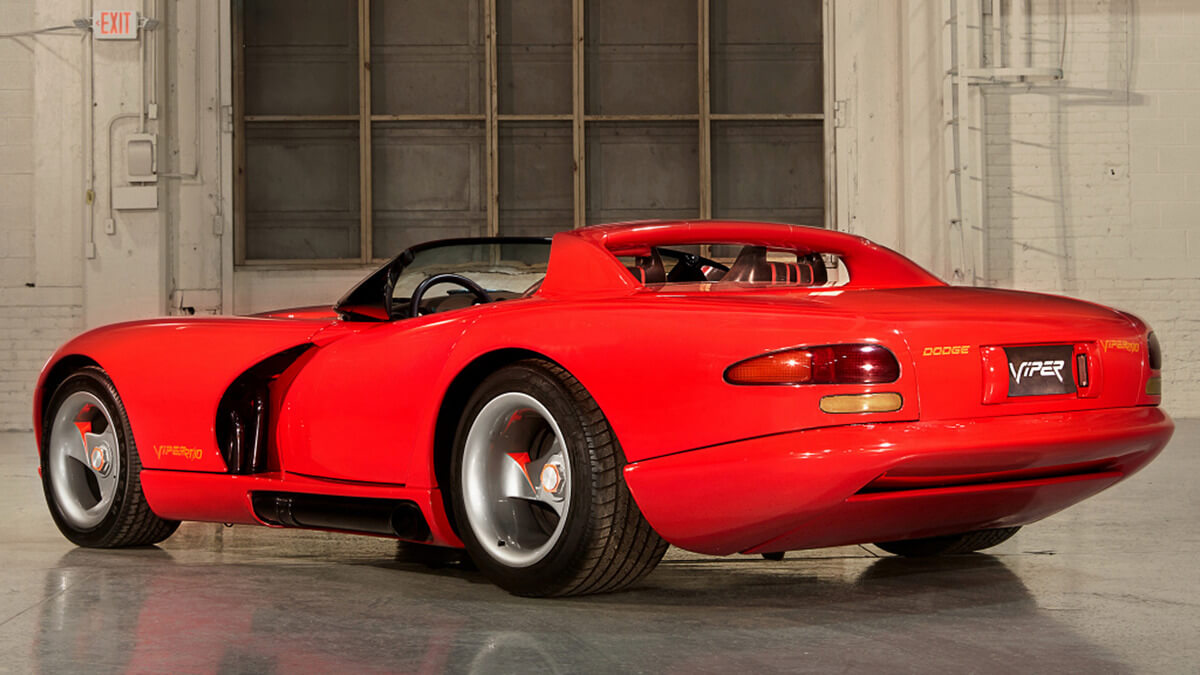
Background Story
In order to retrace the roots of the Viper, we have to go a bit further in history than in 1991, when Dodge released the original model. In fact, we have to go back to the late ’70s and early ’80s when Chrysler was on the brink of bankruptcy. Chrysler’s financial problems were so big that industry experts have already written off the brand. However, under the leadership of legendary Lee Iacocca, who pushed the K-Car platform to production as well as the extremely successful minivan models, in just a few years, Chrysler was back on track and flushed with cash.
In the late ’80s, Chrysler wanted to show everybody that the company was strong. The only way of doing that was to build an expensive, exclusive, and insanely fast model that would serve as a halo car for the brand. Bob Lutz, then president of Chrysler, asked Tom Gale, chief designer, to develop the idea.
In the late ’80s, legendary Carroll Shelby worked with Chrysler as a performance consultant, and Lutz also included him in the Viper project. The Viper team received a budget, and very soon, prototypes were rolling out.
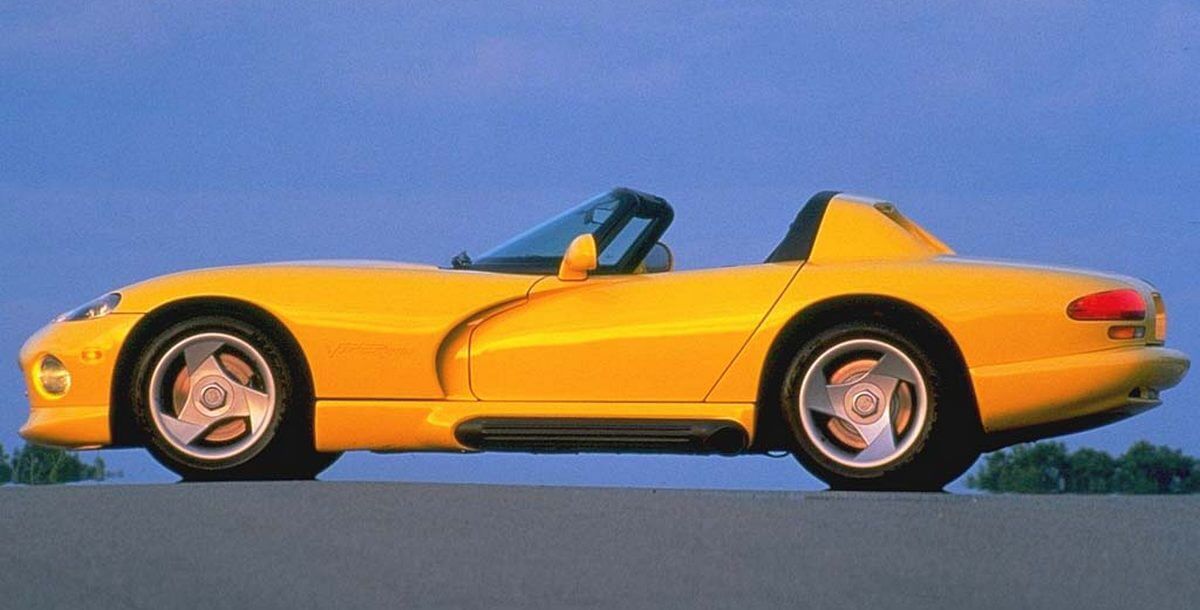
The Legendary V10 Engine
The biggest problem was the lack of a proper, high-performance, and high-output engine. Hence, Chrysler asked Lamborghini (which it owned at the time) for help. With Lamborghini’s support, the eponymous 8.0-liter V10 was designed based on existing Chrysler’s LA engine architecture. You might often hear that the V10 from the original Viper is the same one used in Dodge’s truck lineup; however, it’s completely wrong. The engines share the same number of cylinders and displacement, but that is it. The Viper has an aluminum block with lightweight heads, different components, and high-revving capacity. Besides, none of the parts are interchangeable.
The news of Chrysler’s new sports car swept the industry and created enormous hype amongst fans. The first official outing was the 1991 Indianapolis 500 race. Carroll Shelby drove the pre-production example, which led the press to conclude that the new Viper was a “modern-day Shelby Cobra.” Truth be told, this was quite true, as the Viper and Cobra had a very similar concept and execution.
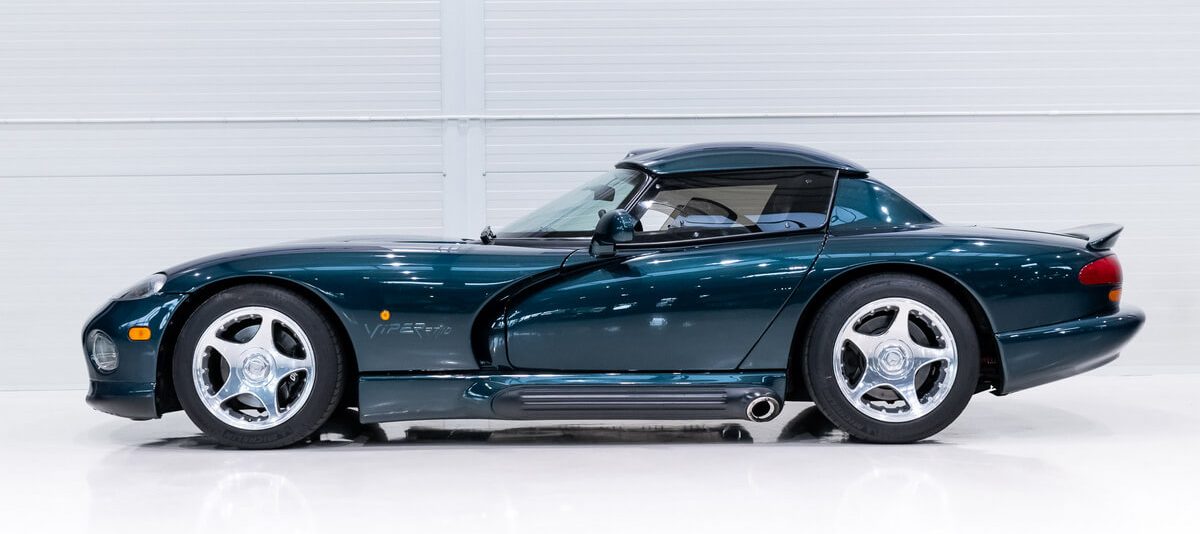
Success On and Off the Track
Chrysler first showed the production model under the Dodge brand in early 1992. The supercar immediately became one of the hottest sports cars in the world. With its incredible styling, long hood, wide stance, menacing appearance, and mighty name, the Dodge Viper RT/10 immediately caught the public’s attention. Besides, it was very fast, insanely powerful (at least for the standards of the day), and cool.
With a price tag of just $50,000 ($93,000 in today’s money), it sure wasn’t cheap. However, it was more affordable than comparable Porsche or Ferrari and way more exciting and dynamic. Nonetheless, those first Vipers were very basic cars with crude interiors, lack of creature comforts, and the early versions didn’t even have side windows or roof. Instead, all you got was a canvas roof and plastic side windows you mounted in case of rain.
Under that long hood was a massive 8.0-liter V10 engine, which delivered 400 hp and 465 lb-ft of torque. The 0-60mph dash took 4.6 seconds, for a top speed of 165 mph. By the standards of the day, those were supercar numbers moreover. No need to say, the Viper was the fastest production vehicle in America.
However, the early Vipers’ no-compromise personality meant that it was a very tricky car to drive. With huge 335/35/17 rear tires, no ABS, no traction control, and such a powerful engine, the Viper RT/10 was dangerous, especially in the hands of inexperienced drivers and in wet conditions. Some magazine testers even suggested leaving your Viper at home on rainy days since the car was barely drivable in the rain—similar to the legendary Shelby Cobra.
In 1996, Dodge significantly improved the Viper with the introduction of the SR II model. The basic design and layout remained the same but it received an upgraded interior, integrated side windows, and airbags. Meanwhile, the exhaust was moved from characteristic side-pipes to a more conventional design, This move improved drivability since early cars were notorious for burning their owner’s legs while exiting the vehicle. The power was slightly upped to 415 hp, but the biggest news was the GTS model.
The GTS was the coupe version of the Viper, which featured a characteristic and racing-inspired “double-bubble” roofline, a rear spoiler, a big racing-style gas cap, and was much more aerodynamic than the roadster. After the release, it started a very successful international racing career, winning the 24 Hours of Le Mans three times and scoring five FIA GT championship titles.
The first-generation Dodge Viper RT/10 stayed in production until the 2002 model year when it was replaced with the Viper SRT-10 model. During its ten years on the market, it enjoyed immense popularity from sports car fans and successfully battled more expensive European exotics on and off the track. The overall production number for the SR I (1992 to 1996) and SR II (1996 to 2002) is 17,131, a reasonably large number considering how expensive and niche-specific the Viper was.
Last Words
Although the Viper was far from perfect, it is still one of the most memorable cars of the ’90s. Its combination of high performance, insane engine, and unique design, as well as racing success and supercar appeal, set the bar high for Chrysler and sports cars in general. It will forever be one of the coolest two-seaters ever produced in America.



